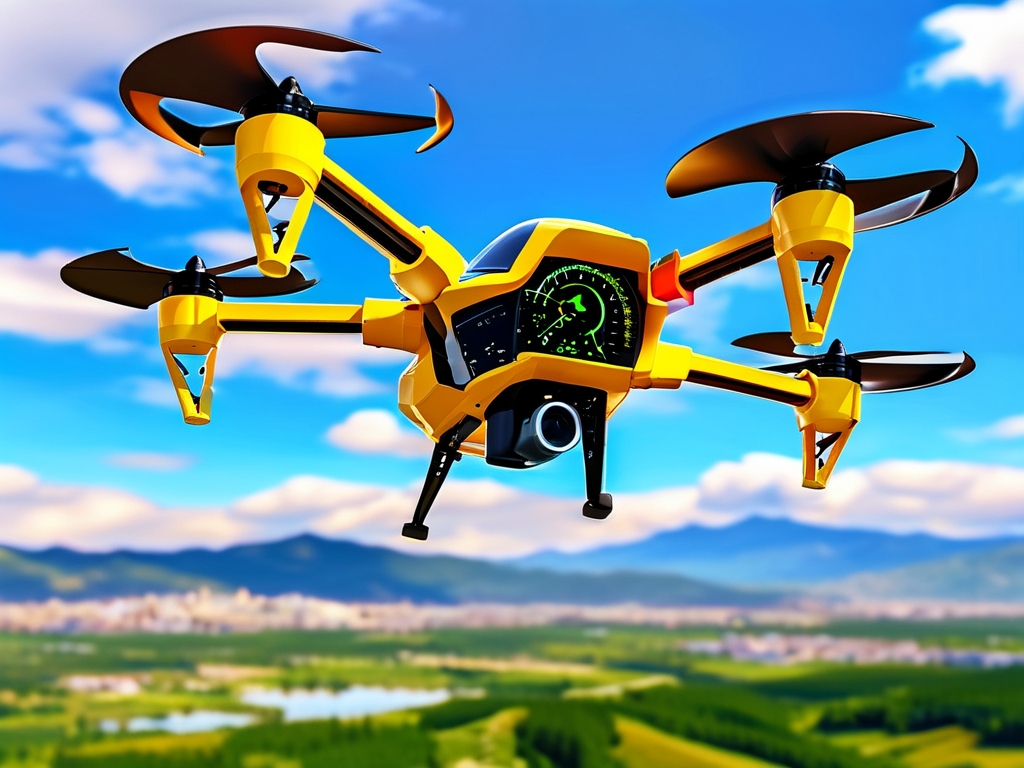The role of a flight control algorithm engineer is pivotal in aerospace and autonomous systems development. These professionals design, optimize, and implement algorithms that ensure the stability, safety, and efficiency of aircraft, drones, and other flight-enabled platforms. While many engineers work full-time for established companies, a growing number are exploring freelance opportunities—or "side projects"—to diversify their income, expand their portfolios, and tackle unique technical challenges. This article explores the realities of freelance work in this niche field, including its opportunities, challenges, and practical strategies for success.
The Rise of Freelance Opportunities in Flight Control Systems
Advancements in drone technology, urban air mobility (UAM), and private space exploration have fueled demand for specialized flight control expertise. Startups, research institutions, and even hobbyist groups often lack in-house talent to develop custom flight algorithms, creating a fertile ground for freelance engineers. For example:

- Drone startups may require tailored solutions for autonomous navigation or payload stabilization.
- Academic projects might need assistance implementing theoretical control models.
- Legacy aerospace firms occasionally outsource niche tasks, such as retrofitting older systems with modern algorithms.
Freelance platforms like Upwork, Toptal, and specialized engineering networks (e.g., Einfochips) have made it easier for engineers to connect with clients. Additionally, open-source communities like GitHub and ROS (Robot Operating System) enable engineers to showcase their skills, attracting organic project inquiries.
Key Skills and Tools for Freelance Success
To thrive as a freelance flight control algorithm engineer, technical proficiency is non-negotiable. Core competencies include:
- Control Theory: Mastery of PID controllers, state-space models, and adaptive control systems.
- Software Skills: Proficiency in MATLAB/Simulink, Python, C++, or ROS for algorithm simulation and deployment.
- Hardware Integration: Experience with sensors (IMUs, GPS), actuators, and embedded systems.
- Certifications: Knowledge of aviation standards (e.g., DO-178C for software safety) boosts credibility.
Tools like PX4 and ArduPilot are widely used in open-source flight control projects, offering freelancers a framework to build upon. Familiarity with simulation environments like Gazebo or Hardware-in-the-Loop (HIL) setups is also advantageous.
Challenges in Freelance Flight Control Engineering
Despite its appeal, freelance work in this field is not without hurdles:

- Regulatory Compliance: Clients often underestimate certification requirements, leading to scope creep. For instance, a drone project intended for commercial use may need FAA/EASA compliance, demanding rigorous testing.
- Intellectual Property (IP) Concerns: Engineers must negotiate IP ownership upfront. Some clients insist on full ownership, while others allow engineers to retain rights to reusable code modules.
- Project Complexity: Flight control systems require multidisciplinary collaboration. A freelancer might need to coordinate with mechanical engineers, software developers, and regulatory experts—a challenge when working remotely.
A case study highlights these issues: A freelance engineer developed a collision-avoidance algorithm for a delivery drone startup but later faced disputes over IP when the client refused to pay for iterations beyond the initial scope. Clear contracts and milestone-based payments could have mitigated this risk.
Strategies for Sustainable Freelancing
- Niche Specialization: Focus on a subfield (e.g., quadcopter stabilization or fault-tolerant control) to stand out.
- Build a Portfolio: Share anonymized case studies or contribute to open-source projects like the PX4 Autopilot.
- Network Proactively: Attend conferences like AIAA Aviation or join online forums like DIY Drones.
- Legal Preparedness: Use templated contracts from platforms like LegalZoom or consult an aviation attorney to address liability and IP clauses.
Ethical and Safety Considerations
Flight control systems directly impact public safety. Freelancers must prioritize rigorous testing, even if clients pressure them to cut corners. For example, an engineer once rejected a project when a client insisted on using untested machine learning models for autonomous landings without proper verification. Upholding ethical standards preserves both safety and professional reputation.
The Future of Freelance Flight Control Work
The rise of eVTOL (electric vertical takeoff and landing) vehicles and AI-driven autonomy will likely expand freelance opportunities. However, engineers must stay ahead of trends like digital twin simulations and quantum computing-enhanced optimization. Platforms offering "algorithm-as-a-service" models could also emerge, allowing freelancers to license modular solutions repeatedly.
In , freelance work as a flight control algorithm engineer offers exciting opportunities but demands technical excellence, business acumen, and ethical rigor. By strategically leveraging their skills and mitigating risks, engineers can carve out a rewarding career beyond traditional employment.


